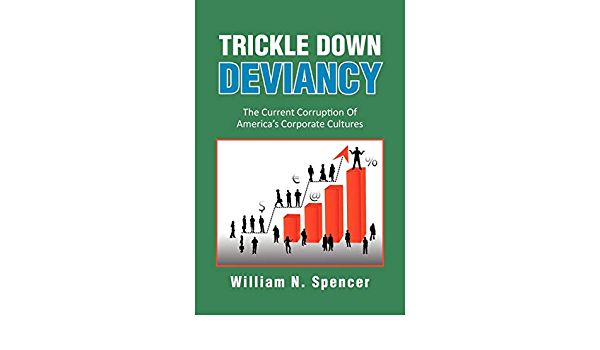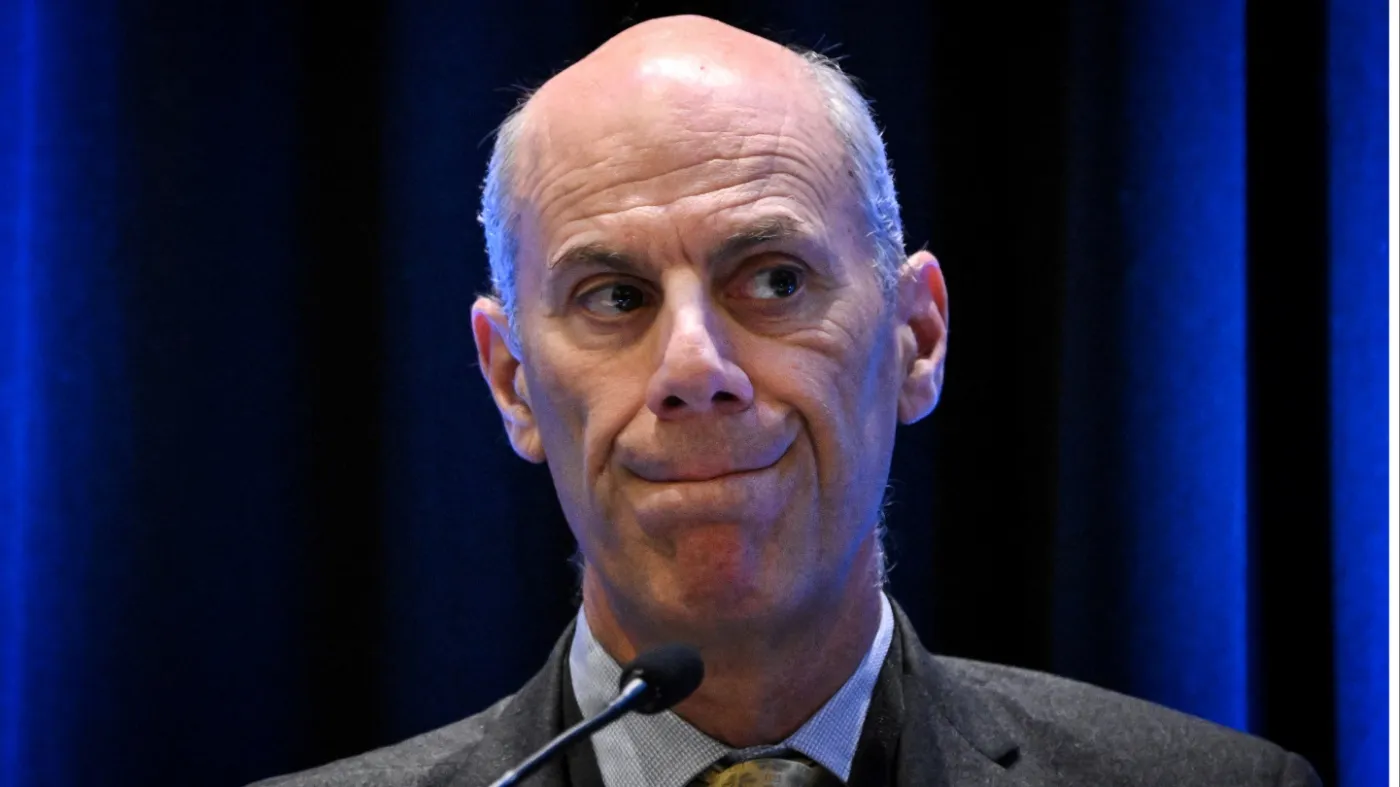From Congress to customs, something is rotten in the state of America.
Money makes the world go round” is an expression as old as time, and with good reason—but in politics, this can foster intrigue and corruption, even in the U.S.
In 2014, researchers at Princeton and Northwestern published a fascinating paper examining the following questions: Who governs? Who really rules? To what extent are the citizens of the U.S. sovereign, semi-sovereign, or largely powerless? Their findings painted a bleak picture for the vast majority of the country’s citizens. Economic elites and large corporations, they concluded, “have substantial independent impacts on U.S. government policy.” The average citizen, meanwhile, has “little or no independent influence.” In short, according to the findings, the U.S. was little more than an oligarchy.
Nine years on from the report, and there’s absolutely no reason to believe that the U.S. is any less of an oligarchy. Why? Because oligarchs are always accompanied by, indeed almost synonymous with, corruption—the circumvention of legal norms with and for money. Watchdog groups recognize that the U.S. is considerably more corrupt now than it was in 2014; in the latest Corruption Perception Index (CPI), the U.S. now occupies its lowest position since 2012. Why is this the case? How did the supposedly greatest country in the world become so corrupt?
Corruption tends to come in one of two forms: The first, a principal-agent problem, involves agents (politicians or powerful CEOs, for example) having too much power, too much freedom, and principals (everyday citizens and eligible voters) having little or no way of making the agents accountable for their actions. Little or no oversight creates fertile soil for corrupt practices to occur.
The second form is a collective action problem. Proponents of this theory suggest that corruption is incentivized by a mixture of suspicion and group dynamics. One group suspects that the other group is corrupt, and this suspicion creates a distinct lack of trust in the other side. If “Team B” is so corrupt, think “Team A,” then what’s stopping us from engaging in similar activities?
In September of last year, the New York Times published a sobering piece discussing the murky world of congressional trading. In the space of two years, between 2019 to 2021, 183 senators or representatives, according to the report, traded stocks or other financial assets by themselves or with the assistance of an immediate family member. More than 50 percent of these senators, noted the Times, “sat on congressional committees that potentially gave them insight into the companies whose shares they reported buying or selling.” Furthermore, an alarming 44 of the 50 members of Congress either “bought or sold securities in companies over which their committee assignments could give them some degree of knowledge or influence.”
More recently, in January, Business Insider published a piece examining every stock trade Paul Pelosi, husband of Nancy Pelosi, has made since 2021. Thanks to Mr. Pelosi’s “shrewd” investments, the couple now has a cumulative net worth of at least $46.1 million. Pretty impressive, especially when one realizes that Nancy Pelosi makes a little over $200,000 per year.
Of course, one shouldn’t necessarily be surprised by the fact that a large number of politicians are corrupt. It’s like being surprised to learn that dogs enjoy barking or that Blockbuster no longer does much business. It is the sheer scale of corruption that should really worry us.
Although the idea of trickle-down economics is a load of bunk, the idea of trickle-down corruption appears to hold water. An example will suffice.
At the southern border, dishonesty and criminal behavior are rampant. Of course, the U.S.-Mexico border is routinely exploited by notorious drug cartels. Of all the drugs entering the U.S., fentanyl is the one that has done and continues to do the most damage. Last year, a staggering 79 percent of overdose-related toxicology reports detected the synthetic opioid. At least 60 percent of all fentanyl seized in the U.S. is found at one of the border’s 25 land ports of entry.
Too often, however, the drugs aren’t found, and too often the drugs aren’t found on purpose.
Research carried out by David Jancsics, a corruption specialist at San Diego State University, shows that both customs officers and border patrol agents are more prone to engaging in corrupt practices than employees in other law enforcement agencies. When it comes to drug-related corruption, some customs officers regularly turn a blind eye, while some border patrol agents allow smugglers to pass through traffic checkpoints. Additionally, as Jancsics has noted, border patrol agents have been known to “sell” smugglers information involving the ways in which the border protection system operates.
The fish rots from the head. Is it a principal-agent problem or a collective action problem? More the former than latter, it appears—but it doesn’t really matter. What really matters is putting an end to the chronic levels of corruption, from the top to the bottom that benefit no one but criminals and the country’s elites.
Theamericanconservative
Tags:Corruption




